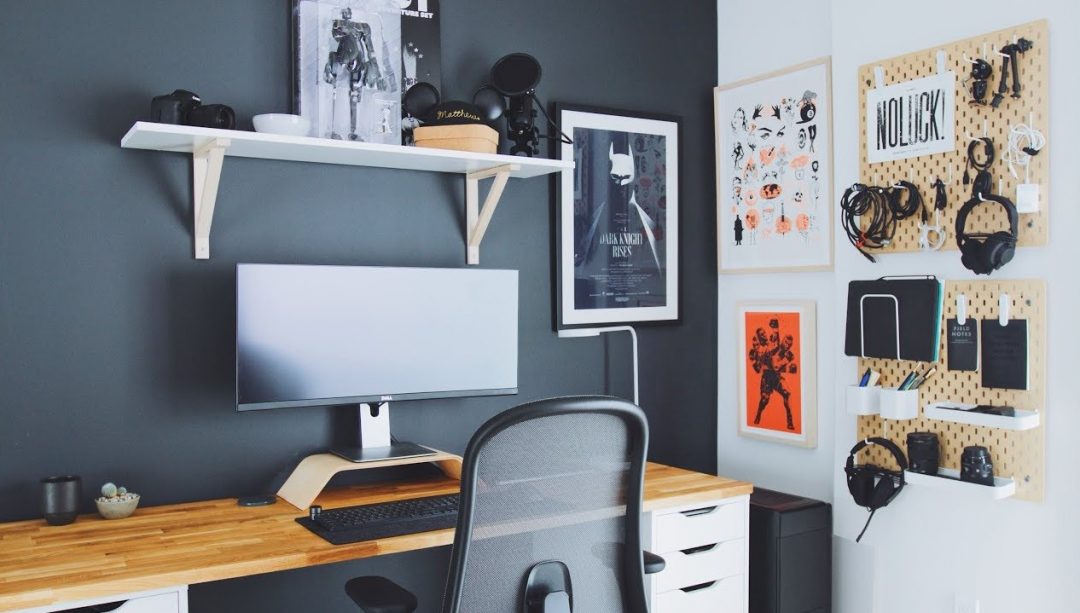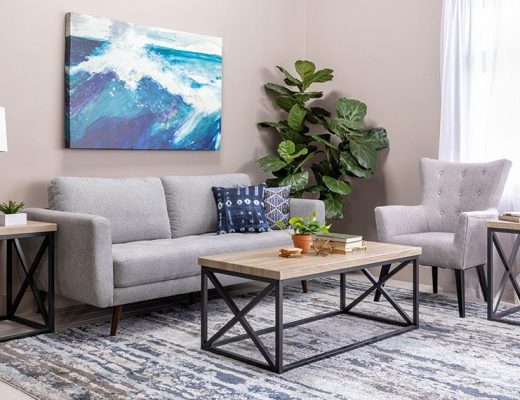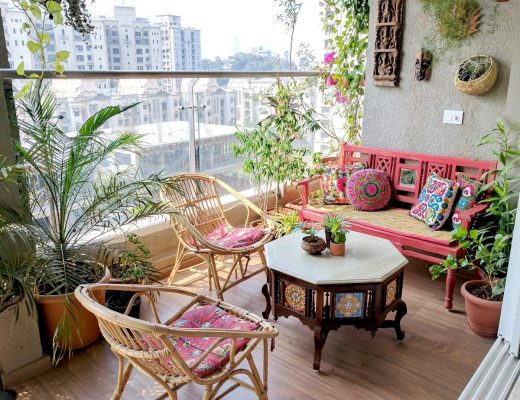Since the COVID-19 outbreak, the WHO has encouraged us to remain vigilant and to follow the guidelines of social distancing at all times. To slow down the spreading of the novel coronavirus we must stay at home as much as possible.
It is vital to contain this highly contagious virus. To do so, many organisations across Bangladesh are allowing their employees the option to work from the safety of their homes. Of course, working in isolation at home is likely to be difficult. Especially for those whose regular work involves travel and interaction. To help ease the process, we have curated seven ways to create a home office such that you can work in comfort, whilst keeping yourself and your family safe.

1. Setting up
It is unlikely for some of us to have a dedicated workspace at home already. More often than not, the ones we already may have are not fully ready for us to work full-time. If you are starting from scratch, choosing the location will set the foundation. You should keep cramped corners or spare rooms out of your options. Working in a dull, lifeless space can negatively impact your productivity. Instead, choose your setting according to the work you do. For example, a wall with several electrical outlets might be ideal if you work with gadgets like computers, cameras, batteries, etc. If you don’t have a proper office table, you can simply opt for foldable tables, or even use coffee tables – whatever is available at home to do the job.

2. Choosing comfort over aesthetics
When it comes to productivity, feeling comfortable in the office is a must. Having backaches and fatigue will surely hamper your performance. The key focus for your home office should be a space you want to be in and enjoy working in. Not one that you are bound to be in! Thus it is advisable to not use dining chairs. Recliner or swivel office chairs would be the ones to go for. However, if you do not have an office chair available, opt for a padded chair; even if the latter is not available, you could add pillows. Travel neck-pillow is a good one to use – to make your seating more comfortable.

Image: travel-blue.com
A few other tricks to maximize your comfort is to position the top of the monitor/laptop screen at eye level or slightly lower – to prevent excessive straining of the neck and fatigue of the eyes. Keep your keyboard parallel to the floor and adjust your chair so that your feet can comfortably rest on the ground. Following these simple rules will cause your work-time to be easier, smoother and thus, more fruitful.

3. Ample lighting
Reading in the dark is nearly unbearable, and it can put pressure on the eyes, which is unhealthy, especially if you are working long hours. The lighting around your space is thus extremely important as it largely sets the ambience and impacts productivity. Your home office should be doused in light, preferably natural light, so creating a corner near a window is brilliant. If you choose to build your home office near windows, be sure to add curtains or blinds to control the light intensities at different times of the day, as the sun’s glare may at times make it difficult to focus.
On the other hand, if a windowed area is unavailable, it is advisable to add a table lamp to your desk. We want to create softness for the eyes that would prevent fatigue.

4. Background
We’ve spoken about easing the pressure on the eyes, but a significant aspect is still the dominant colour of the space. You may not be colouring the walls (it is not feasible or recommended in this time of quarantining), however, it does not mean that the space will not have a colour theme.
It is relatively simple to add colours through objects, such as paintings or a bulletin board where you can pin up photographs or artwork (as well as important papers and sticky notes of course.) Read more in the following point covering accessories. Choose soothing colours, such as whites, greys, or pastels to keep it relaxing and welcoming.

5. Accessorize
As discussed in the previous point, a simple and fun way to add colours to your home-office is through the accessories you add to it. Some easy ways of accessorizing could be:
- Photographs: Your home office is fully yours to personalize, so feel free to add touches of your personality. You can place a few framed photographs of your family or pet – pictures that will calm and soothe you. Alternately, put them up on the walls using scotch-tape, or pin them on a bulletin board.
- Plants: You can also place succulents or other greenery to bring serenity to your environment. The potted plants will not only help add colour but also purify the air and create a peaceful atmosphere.
- Stationary: A few of your favourite books could be added to your shelves – to make the office space seem more familiar and welcoming. Keep pens, sharpies and other handy items in a pen-holder. Thoughtful personalization can really make a difference and uplift your mood. However, it is recommended to stay away from items that are flashy or too distracting.
- Miscellaneous: Adding a clock on the walls or on your desk is a great accessory which will keep you functional, and fashionably on track. You could add a coloured cushion as well to further accessorize. A colour scheme may not be particularly easy to decide on, given the limited resources, but picking the most common colour amongst the accessories you have will be a step in the right direction.

6. Clutter is chaos
Be it a small home-office or a spacious one – clutter is likely to form. There are tricks to avoid this, for example:
- Shelving: Put up shelves on the wall against your desk, or use a bookshelf/file cabinet to organize all your files. This will increase your work space’s accessibility.
- DIY: If you are having trouble collecting items to improve the accessibility of your makeshift home office – don’t worry! There are plenty of ways you can still do it yourself, maybe even with common household items. Below is a step-by-step diagram of how to create a desk organizer at home, to keep your files and paperwork tidy. The interesting thing is, you could even do this using discarded cereal cartons. It’s that simple!


- Establish work zones: Another effective way to organize is to separate the items at your reach. Of course, you can use folders to arrange the different types of papers you have, and proper labels to remember which is which – and where to place the items after use. Masking tape and marker or pen can be used to label the files, but be sure the labelling is in large clear handwriting. A simple method to rearrange your filing system is to keep the files and stationery with higher priority in close proximity, and the less frequently used ones further away.

7. Hiding what you don’t want to see
Having wires and other unpleasant objects poking out creates an unpleasant sight – one that interrupts a clear headspace. This is especially common when you have several gadgets installed. The best thing to do is cover up, or hide, the things you do not want to see. Cords can be taped together and hidden behind larger and more appealing objects – or simply under your desk, out of sight. As for bulky and bland printers, they should go inside a closet, or if there’s not an accessible closet around – move it to a separate low-height table, where you cannot feel its disruption to your comfortable working environment. Altogether, making for an organized workspace that’s even comforting to not only work in but to look at too.
Practising social distancing is crucial during the current pandemic situation. We hope these seven tips aid you in building a makeshift home office so that you can work in ease from home while having the comfort of knowing that you are helping the world heal in the long run by staying indoors.
Read this blog in: বাংলা






No Comments